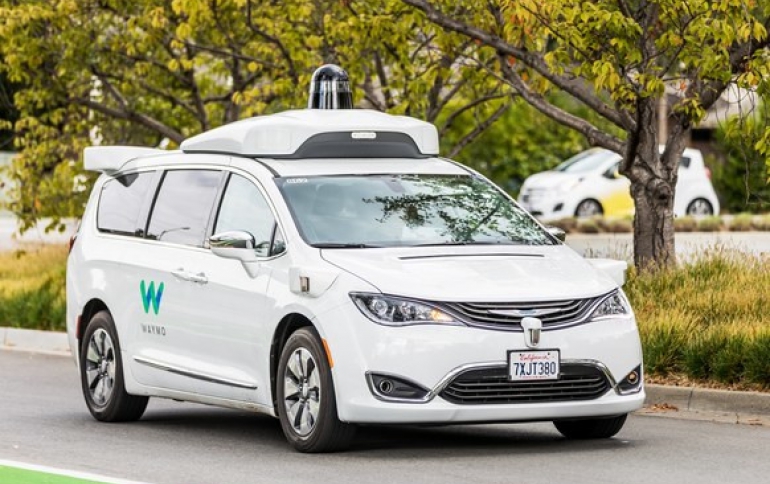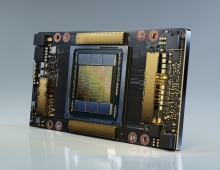
Waymo to Use AutoML to Generate Neural Networks For Cars
Waymo collaborates with Google on bringing AutoML architectures to generate high quality and low latency neural net for self-driving cars.
Machine learning already plays a key role in nearly every part of Waymo's self-driving system. It helps the company's cars see their surroundings, make sense of the world, predict how others will behave, and decide their next best move.
Waymo's system employs a combination of neural nets that enables the vehicles to interpret sensor data to identify objects and track them over time so it can have a deep understanding of the world around it. The creation of these neural nets is often a time-consuming task; optimizing neural net architectures to achieve both the quality and speed needed to run on our self-driving cars is a complex process of fine-tuning that can take engineers months for a new task.
Now, through a collaboration with Google AI researchers from the Brain team, Waymo is putting cutting-edge research into practice to automatically generate neural nets. These state-of-the-art neural nets are obviously higher quality and quicker than the ones manually fine-tuned by engineers.
To bring our self-driving technology to different cities and environments, Waymo will need to optimize its models for different scenarios at a great velocity. It says that AutoML provides a large set of ML solutions efficiently and continuously.
Since driving is an activity that requires our vehicles to use real-time answers and given the safety-critical nature of Waymo's system, the system's neural nets need to operate with low latency. Most of Waymo's nets that run directly on the company's vehicles provide results in less than 10ms, which is quicker than many nets deployed in data centers that run on thousands of servers.
Waymo's AutoML experimentations resulted to the discovery of even better nets than the company had before:
- Neural nets with 20–30% lower latency and results of the same quality.
- Neural nets of higher quality, with an 8–10% lower error rate, at the same latency as the previous architectures.
"We now have the opportunity to apply these mechanisms to new types of tasks too, which could improve many other neural nets," Waymo said.
"This development opens up new and exciting avenues for our future ML work and will improve the performance and capabilities of our self-driving technology," the compay added.





















